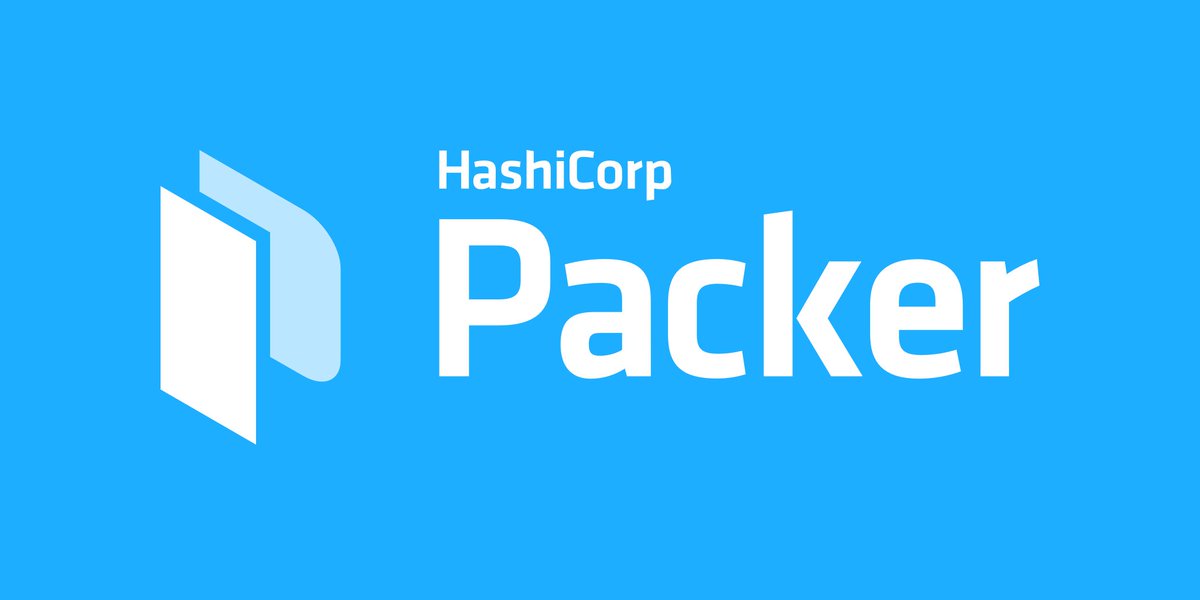Unpacking Packer: Simplifying Machine Image Building Across Platforms
 Akshay Siwal
Akshay Siwal
Building and maintaining consistent infrastructure across multiple environments and platforms has historically been a daunting challenge. Enter Packer, a game-changer developed by HashiCorp. This open-source tool automates the creation of machine images, ensuring consistency and eliminating tedious manual steps. Let’s dive into Packer’s world, understand its workings with relatable analogies, and see how it fits into modern infrastructure workflows.
What is Packer?
Imagine building a Lego structure. You have a blueprint, specific pieces, and a guide to putting it all together. Now, what if you wanted to replicate that same structure across several locations but didn’t want to repeat the entire process manually each time? Packer is your blueprint, builder, and assembler, capable of creating identical “structures” (machine images) for diverse platforms like AWS, Azure, GCP, VMware, and more—all from one master plan (template).
Why Packer is a Game-Changer
In the pre-Packer world, creating golden images for infrastructure was like cooking a large batch of recipes manually. Each environment (development, staging, production) required separate preparation, leading to:
Image Sprawl: Too many slightly different images to maintain.
Inconsistency: A mismatch between environments, creating the infamous "It works on my machine" problem.
Tedious Updates: Manually patching systems and images consumed time and increased risks.
Packer simplifies this. It uses a single configuration file (template) to automate image creation across platforms. This ensures every environment runs on the same well-defined base image, reducing inconsistencies and boosting efficiency.
How Packer Works (An Analogy)
Imagine you’re baking cakes for a bakery chain with outlets in multiple cities. Here’s how the process would look with Packer:
Template: Think of this as your master recipe. It specifies ingredients, baking steps, and decorations.
Builders: These are your ovens, each specialized for a specific platform (AWS, Azure, etc.). Packer adapts the recipe for each oven.
Provisioners: These are your bakers adding the finishing touches—frosting, toppings, and packaging.
Post-Processors: Once the cakes are baked, this step ensures they are delivered to outlets, quality-checked, and properly labeled for distribution.
Now substitute cakes with machine images, and you’ve got Packer’s workflow!
Key Components of Packer
Templates: The configuration file defining how the image should be built. Templates are written in JSON or HCL2 (HashiCorp Configuration Language).
- Example: Define an Amazon Linux AMI as the base image and specify additional software to be installed.
Builders: Handle the heavy lifting of creating images for specific platforms.
- Industry Use Case: A company using both AWS and GCP can create identical base images for both platforms in one go.
Provisioners: Configure the software on the image. Think of them as "personal chefs" who prepare the image with everything needed, like a web server, database, or application code.
- Tools like Ansible, Chef, or Puppet can be used here.
Post-Processors: Handle tasks like compressing images, uploading them to a cloud registry, or converting formats.
- Example: Uploading the final AMI to AWS or saving a Docker image to a repository.
Communicators: Establish connections to the machine being built, enabling remote execution of commands and file transfers. Common communicators include SSH and WinRM.
Data Sources: Fetch dynamic data from external sources, like fetching the latest AMI ID or secrets from a vault.
Why Businesses Love Packer
Industry Use Cases
Continuous Delivery Pipelines
Companies like Netflix or Spotify integrate Packer into their CI/CD workflows. Each code commit triggers Packer to build updated images, ensuring rapid deployment and consistent environments.Immutable Infrastructure
Instead of patching running systems, companies like Airbnb use Packer to bake updates into new images. These updated images are deployed as replacements, eliminating the risk of configuration drift.Multi-Cloud Strategies
Organizations moving workloads across AWS, Azure, or GCP benefit from Packer's ability to create identical images for different platforms, enabling seamless portability.Testing and Quality Assurance
By automating the testing of images during the build process, Packer ensures errors are caught early, reducing downtime and deployment failures.
Benefits of Packer
Speed: Launch pre-configured machines in seconds, cutting deployment times drastically.
Portability: Move workloads across platforms without worrying about incompatibilities.
Stability: Detect and fix issues during the image build process, before deployment.
Reproducibility: Version-controlled templates ensure consistent builds every time.
Packer's Role in the HashiCorp Ecosystem
Think of HashiCorp tools as a family, each specializing in a specific task:
Terraform: Like the architect, it provisions infrastructure using Packer-built images.
Vagrant: The handy assistant for developers, it uses Packer-built images to provide consistent local environments.
Challenges of Using Packer
No tool is perfect. Here are some considerations:
Learning Curve: While powerful, Packer requires understanding templates, builders, and provisioners.
Complexity in Large Environments: Managing templates and coordinating builds across multiple platforms can become cumbersome.
Debugging: Identifying issues during the provisioning or post-processing phase can take time.
Real-World Analogy: Packer vs. Manual Image Creation
Creating images manually is like assembling furniture without instructions—it works, but inconsistencies and errors are inevitable. Packer is like getting a ready-to-assemble kit, complete with detailed instructions, ensuring the final result is consistent every time.
Conclusion: Why Choose Packer?
For organizations embracing DevOps and aiming to deliver fast, consistent, and reliable infrastructure, Packer is indispensable. By automating the image-building process, it eliminates manual errors, enhances stability, and accelerates deployment cycles.
Whether you’re a startup trying to scale rapidly or an enterprise managing a multi-cloud strategy, Packer empowers your team to focus on innovation rather than repetitive tasks. So, give Packer a try and experience the transformation of your infrastructure workflows.
Have you used Packer in your projects? Share your experiences in the comments!
Subscribe to my newsletter
Read articles from Akshay Siwal directly inside your inbox. Subscribe to the newsletter, and don't miss out.
Written by
